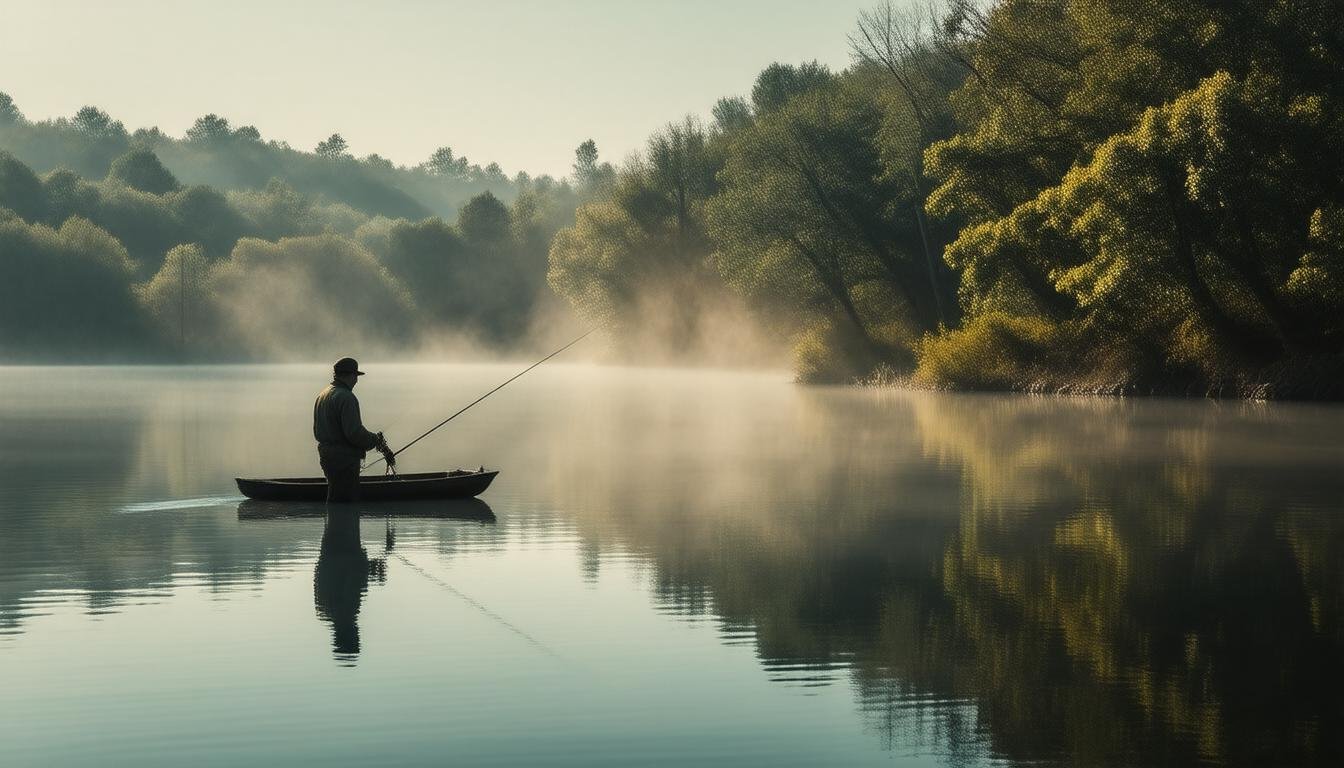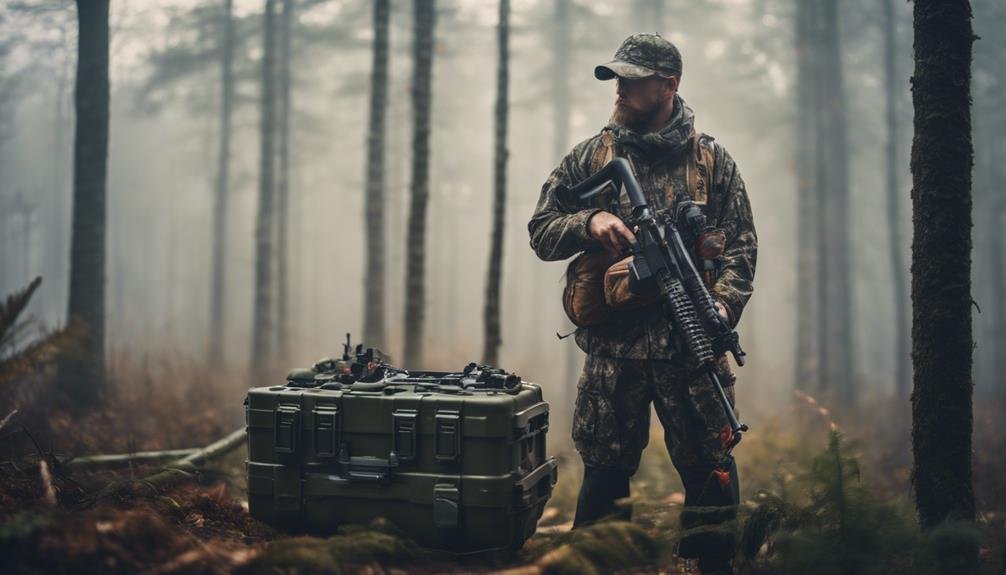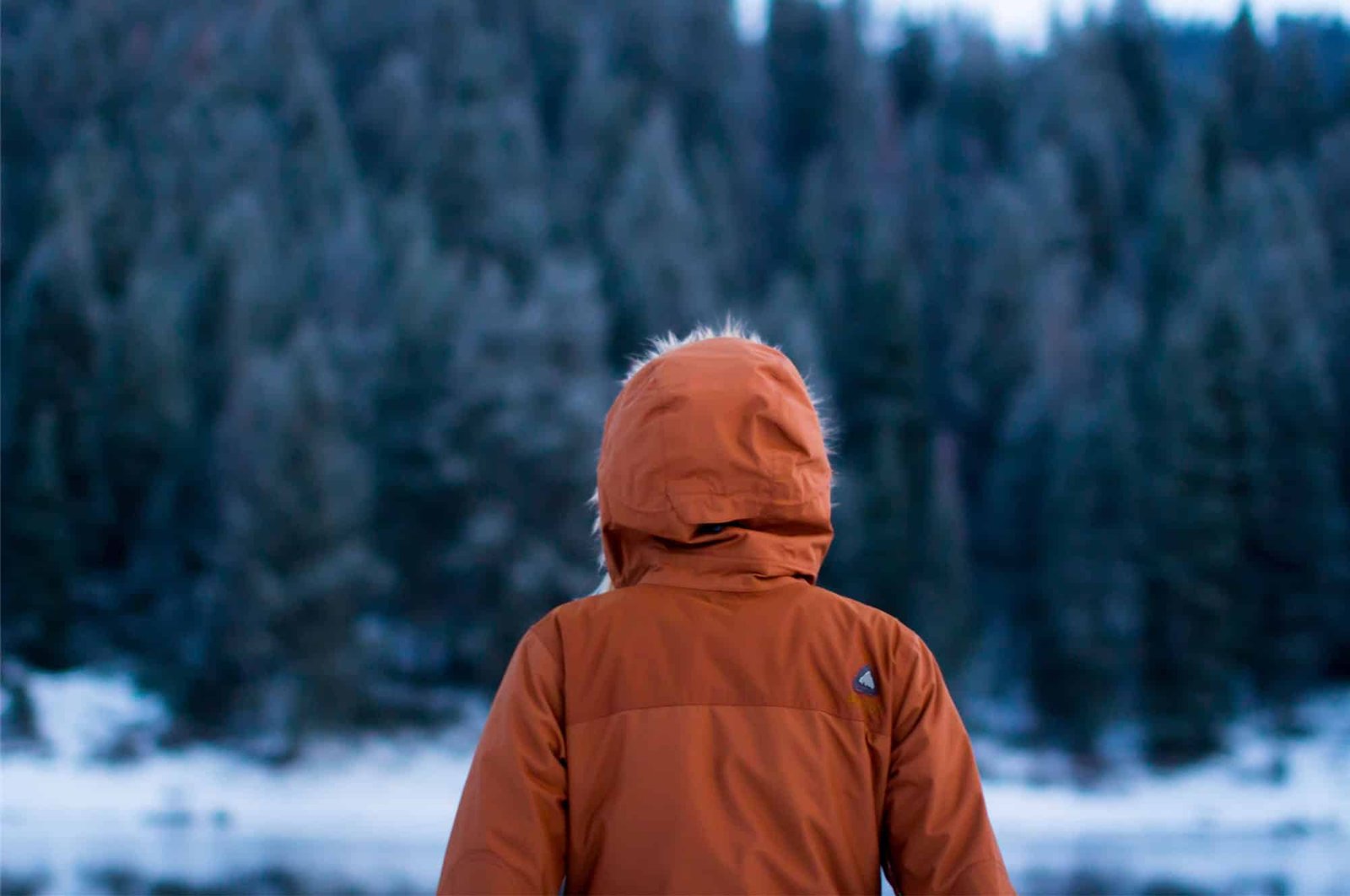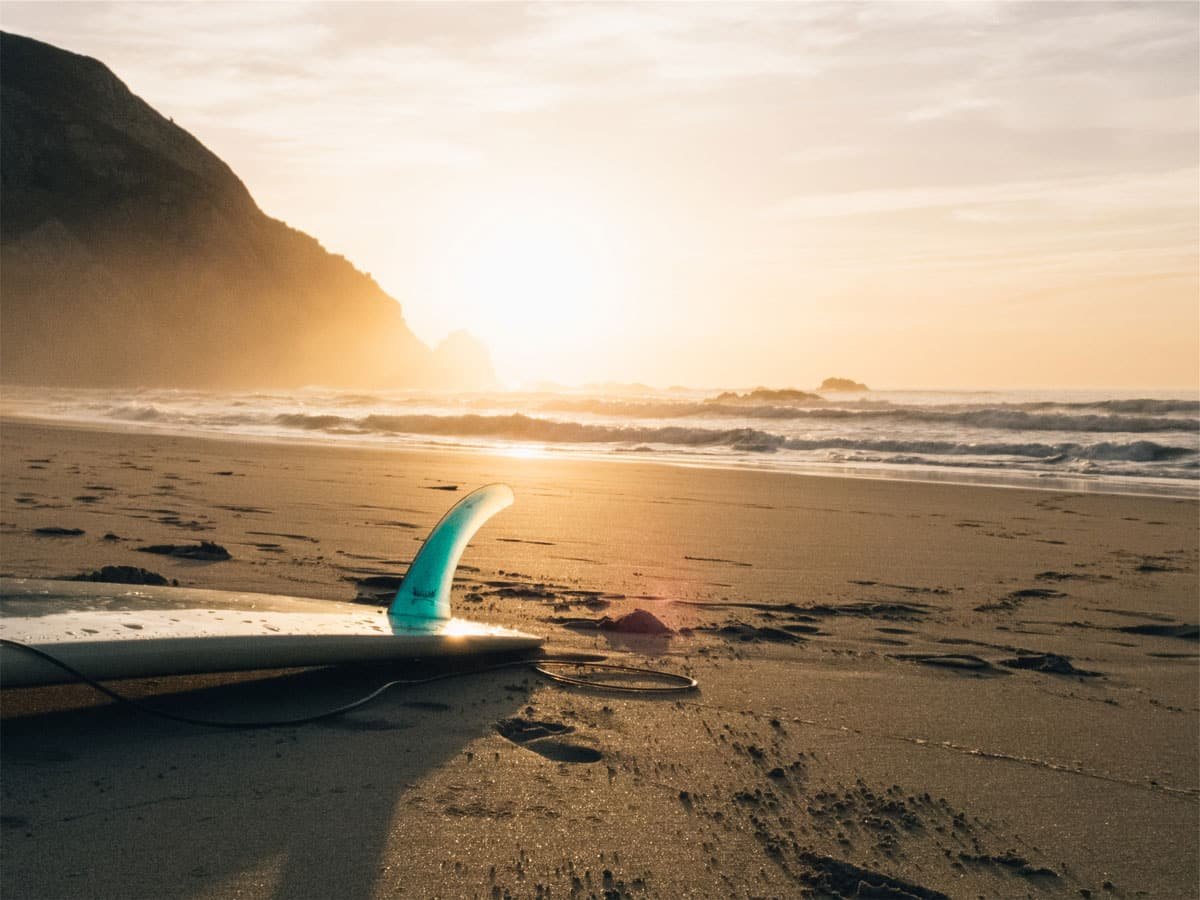As February rolls in, anglers are faced with the unique challenge of fishing in winter’s final stronghold.
However, this month is pivotal as it brings the transition toward warmer waters, signaling the onset of spawning season for popular species such as bass and speckled perch, commonly known as specks.
Understanding the dynamics of this period not only enhances your fishing success but also contributes to the sustainability of these fish populations.
In this article, we will delve into the spawning behaviors of bass and specks, explore effective fishing techniques tailored for February, and highlight the importance of conservation practices.
Join us as we unlock the fishing secrets of February, ensuring you make the most of your time on the water!
Key Takeaways
- February marks the beginning of spawning for bass and specks, making it a crucial month for anglers.
- Fishing with minnows and jigs in deeper waters increases the chances of successfully catching specks and larger bass.
- Practicing conservation by keeping only what you need is essential for sustaining fish populations during spawning seasons.
Understanding Spawning Behavior of Bass and Specks
When it comes to understanding the spawning behavior of bass and specks, February serves as an important transitional month in the fishing calendar.
As winter begins to relent and water temperatures inch upwards, both bass and speckled perch (commonly known as specks) become increasingly active in anticipation of spawning.
The ideal temperature for these fish to spawn ranges between 67-68 degrees Fahrenheit, although they can be triggered to spawn in cooler waters due to specific natural cues like photoperiod and water conditions.
For anglers looking to catch specks during this crucial time, one effective technique involves utilizing live minnows rigged on slip floats.
This setup allows for a dynamic fishing strategy, enabling you to target various depths in deeper waters, which are often home to these fish before they move to shallower spawning sites.
Additionally, casting jigs towards the shoreline can help uncover actively moving specks, particularly in those key transition zones where deeper waters meet their spawning habitats.
It’s often in these areas that you can expect to snag larger catches.
When targeting bass, the strategy shifts slightly.
Anglers should concentrate their efforts on prominent features in the water such as points, bends, and creek mouths, which are known hotspots for bass activity during the spawning period.
Employing slow trolling techniques with shiners can be particularly effective, as these methods allow you to maintain a gentle presentation that can provoke strikes from solitary bass.
A notable tip is to take heed of the solitary nature of many larger bass; if you manage to hook one, it’s likely that others are close by, providing an excellent opportunity to reel in multiple catches.
As a responsible angler during the spawning season, it is imperative to prioritize conservation.
The spawning period is crucial for replenishing fish populations, and it is advisable to only keep enough fish for personal consumption.
For any fish intended for release, handling them with care to minimize stress and injury significantly increases their chances of survival.
By adopting these conservation practices, anglers play a vital role in preserving the bass and speck populations, ensuring that future generations can also enjoy the thrill of fishing.
Best Fishing Techniques and Conservation Tips for February
As February unfolds, the fishing scene can be both challenging and rewarding.
With winter still casting its chilly spell, anglers must adapt their techniques to match the changing water temperatures that signal a critical time for bass and specks.
Concentrating fishing efforts in deeper waters where these fish gather and utilizing effective bait strategies are essential.
Also, understanding the behavior of these fish during this transitional month can enhance your chances of success.
Make sure to explore structural features in your favorite fishing spots, as they often harbor the largest and most active fish.
Additionally, staying informed about local conservation regulations and embracing ethical fishing practices will contribute significantly to maintaining a thriving ecosystem, making your fishing experiences more sustainable and enjoyable.










